How to Increase Your Exit Velocity and Hit the Ball Harder
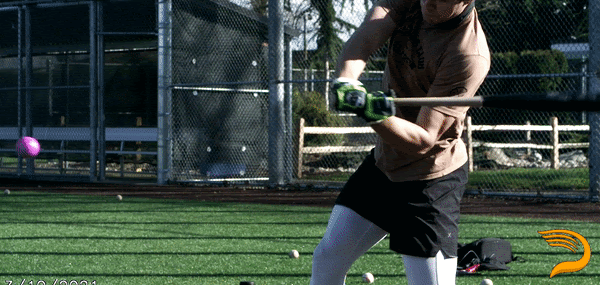
If you want to increase your exit velocity, a hitter needs to do two things.
First, they need to swing the bat fast.
Second, they need to make square contact with the ball.
If you swing the bat slow but make solid contact, it isn’t going to go very far. If you swing the bat fast but mishit the ball, it isn’t going to go very far either. So we need to make sure that we train those skills together.
This blog will break down the ins and outs of exit velocity, why it’s important, and how players can train to improve it.
What is Exit Velocity?
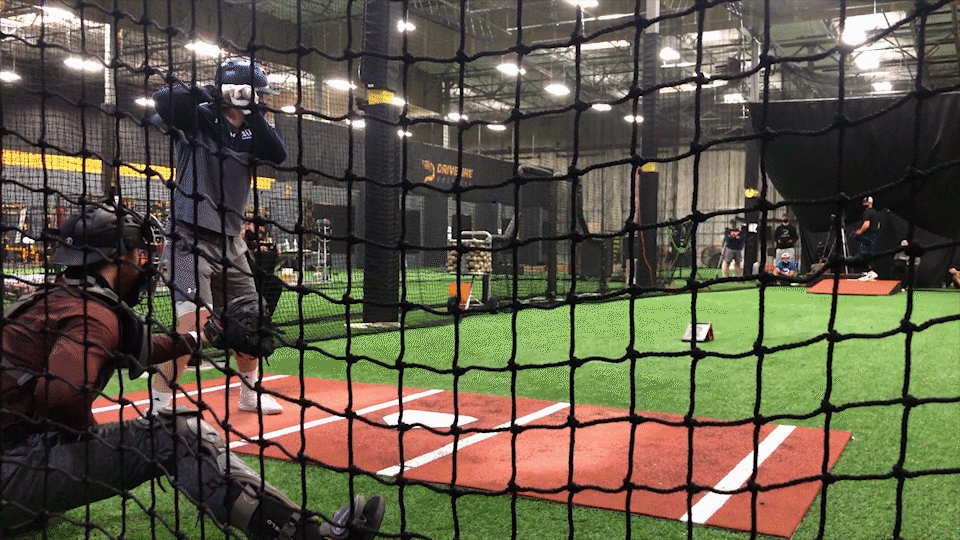
Exit velocity (EV) tells us how hard a ball was hit right after it came off the bat. Hank’s EV was 111 mph (look for the green 111.0 in the top left corner). At Driveline, we use HitTrax units (shown below) to measure exit velocity. In addition to exit velo, HitTrax measures other essential metrics such as launch angle, point of contact, and distance. If you were curious about the metrics from Hank’s home run:
- Exit Velocity = 111 mph
- Launch Angle = 25°
- Distance = 447 ft
A very productive batted ball indeed! But which measure of exit velocity is the best to judge how good a hitter is?
Is Average Exit Velocity a Good Measure of Success?
The tricky part about average exit velocity is that it includes balls in play, including mishits. This has its place, but it’s not our go-to exit velocity metric. We need to consider the pluses and minus of peak EV and Top 8th EV.
- Peak EV can be subject to more noise than Top 8th. This noise can come in the form of launch monitor discrepancies/calibrations, environmental factors, and baseballs having different coefficients of restitution (bounciness). While still a beneficial metric, Peak EV can sometimes be a little bit misleading because of these factors.
- By taking the average of a player’s hardest 12.5% of hit balls, Top 8th EV eliminates a lot of this noise and becomes a much more stable metric for evaluating a player’s exit velocity capabilities. Out of all the balls you put in play, we divide that into eight, and then we take the average EV of the top 8th.
At Driveline, when we evaluate a player’s exit velocity capabilities, we prefer to use Top 8th EV instead of Peak EV.
The highest exit velocity ever recorded in the Statcast era is Giancarlo Stanton’s 122.2 that you can see in the chart above.
You may also see statistics similar to top 8th, such as 90th velocity, or measures that include launch angle, such as Barrels and Blasts.
Looking at the MLB graphic, how can we tell how much of a player’s exit velocity is related to their bat speed versus something else?
How does Bat Speed relate to Exit Velocity?
Bat speed and exit velocity share a linear relationship! If you swing the bat faster, you will hit the ball harder. It bears repeating…if you swing the bat faster, you will hit the ball harder. The calculation is intuitive and simple. For every one mph of bat speed added, you will be able to hit the ball +1.2 mph harder. So:
- +1 mph of bat speed = +1.2 mph of exit velocity
- +2 mph bat speed = +2.4 mph of exit velocity
- +3 mph bat speed = +3.6 mph exit velocity
This linear relationship is one of the main reasons we place such a heavy emphasis on bat speed training at Driveline!
Now that we’ve looked at some of the top exit velocity numbers in MLB and seen how vital bat speed is to exit velocity, what can we tell from looking at EV at younger ages?
Exit Velocity by Age
Training and tracking EV for younger athletes can give them a helpful measuring stick for how fast they swing and how good they are at making square contact.
Let’s check out the chart and table below.
Green line: Median maximum exit velocity
Blue line: Median top 8th exit velocity
Red line: Median average velocity
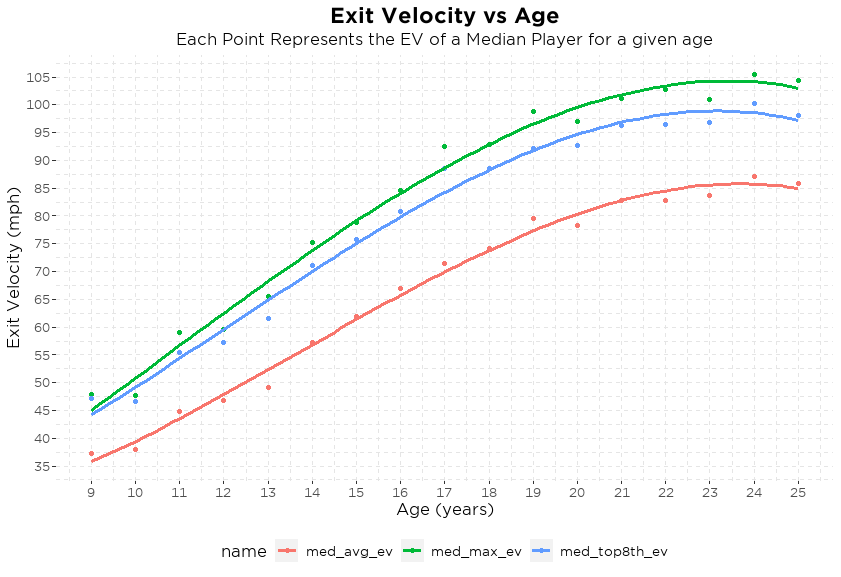
Exit Velocity by Age Chart
| Age | Med Avg EV | Med Max EV | Med Top 8th EV | Count |
| 9 | 37.28 | 47.80 | 47.11 | 5 |
| 10 | 37.92 | 47.65 | 46.54 | 6 |
| 11 | 44.82 | 59.00 | 55.40 | 20 |
| 12 | 46.76 | 59.50 | 57.16 | 30 |
| 13 | 49.07 | 65.50 | 61.62 | 34 |
| 14 | 57.27 | 75.25 | 71.10 | 28 |
| 15 | 61382 | 78.90 | 75.72 | 31 |
| 16 | 67.03 | 84.60 | 80.87 | 23 |
| 17 | 71.36 | 92.55 | 88.48 | 38 |
| 18 | 74.21 | 92.80 | 88.62 | 37 |
| 19 | 79.53 | 98.75 | 92.10 | 12 |
| 20 | 78.34 | 97.05 | 92.70 | 26 |
| 21 | 82.74 | 101.15 | 96.29 | 24 |
| 22 | 82.72 | 102.80 | 96.46 | 28 |
| 23 | 83.76 | 101.00 | 96.90 | 18 |
| 24 | 87.08 | 105.40 | 100.29 | 10 |
| 25 | 85.79 | 104.45 | 98.11 | 8 |
Every hitter throughout the history of baseball could benefit from making better contact more often. In this blog, we’re going to talk about ways to train and improve your smash factor, or, in other words, we’re going to talk about ways to improve your bat-to-ball skills and your ability to consistently make flush contact with the baseball.
Tracking exit velocity by age can help coaches put athletes’ training goals into context. Most players will need to spend time working on both increasing their bat speed and making better contact.
Putting Exit Velocity by Age into Context
If a player has a high peak but a lower average and top 1/8 EV, they should be spending more time hitting the ball square.
If a player has a low peak EV and top 1/8th EV, they should be spending more time increasing their bat speed.
Many players will be right in the middle, where they need to spend a mix of time working on both bat speed and hitting the ball square.
You need to hit the ball square to get the most out of your bat speed. It does no good to increase bat speed if you can’t hit the ball square. So we created a new metric to measure how efficient hitters are at transferring their bat speed into exit velocity, called smash factor.
What is Smash Factor?
A wise man once said to me: “A hitter’s bat speed sets their ceiling and their floor, and their smash factor and swing decisions determine where they live in between the two.” – Noah Thurm
Here’s an example of what flush contact looks like. Notice little to no vibration in the bat at contact. This is a sign of a highly efficient bat-to-ball collision—a high smash factor. This happens when the player’s bat speed gets efficiently transferred into the ball.
At this point, (almost) everyone knows that moving the bat fast and hitting the ball hard are good things and lead to productive outcomes for hitters. With that being said, the best hitters possess a knack for hitting the baseball on the bat’s sweet spot. This should go without saying, but if you can consistently move the bat fast AND hit the ball on the barrel, you will be very productive at the plate.
To produce a high smash factor, you want to hit the ball as flush as possible on the barrel. This will maximize the trampoline effect of the bat to ball collision and ensure the highest energy transfer from bat speed to exit velocity. It is worth noting that batted balls with a higher smash factor are typically hit at lower launch angles where a hitter’s attack angle closely mirrors the descent angle of the incoming pitch.
How to Increase Exit Velocity and Smash Factor
Okay, now we’re going to talk about ways to train and improve your smash factor.
Ultimately, you’re looking to optimize your swing plane to make flush contact as often as possible. This will allow you to optimize your mis-hits, a trait all elite hitters possess. Hitting is hard and pitchers are getting better, so getting production from your mis-hit balls is certainly in your best interest.
Hitting Plyo Ball ®, and more specifically mini hitting Plyo Ball ®, which are smaller and more difficult to “square up,” are the most effective tools we have to improve smash factor. Training with them is truly the easiest way to see and develop a “feel” for making high-quality contact.
Check out 7 great reasons for you to try hitting weighted balls like our hitting Plyo Ball ®.
-
Driveline Mini Hitting Plyo Balls ®$50.00 – $200.00
-
Driveline Hitting PlyoCare® Balls$90.00 – $300.00
Here’s an example of poor contact with a mini hitting Plyo Ball ®:
And here’s an example of flush contact with a mini hitting Plyo Ball ®:
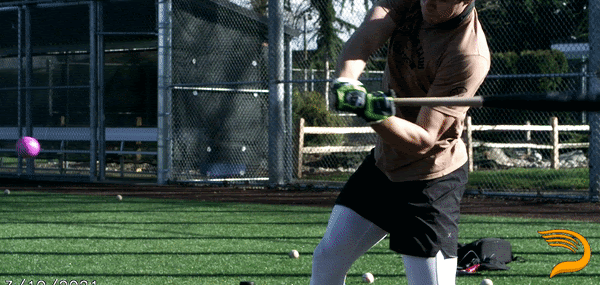
Drills to Hit a Baseball Harder and Increase Smash Factor
It’s easy to see how hitting Plyo Ball ® balls provide immediate feedback on contact quality. To take it a step further and make things even more challenging, we like to use skinny bats for smash factor training. Here’s an example from Andrew Aydt:
With the skinny bat, you have to be much more precise to make flush contact. A great cue when using Plyo Ball ® to train smash factor—especially with a skinny bat—is to think about “wrapping the Plyo Ball ® around the barrel of the bat.” You can clearly see the difference in these pictures taken from the video above:
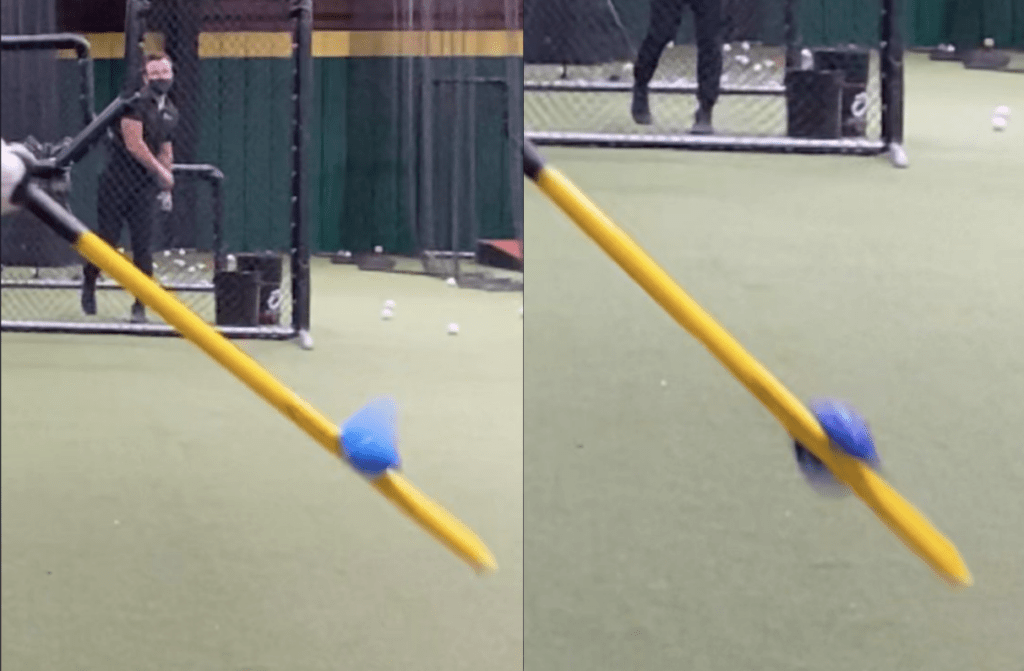
With hitting Plyo Ball ® and skinny bats, the focus is improving a hitter’s kinesthetic awareness; more specifically, improving a hitter’s “feel” for how the barrel of the bat is moving through space. Which will only lead to more flush contact.
Like this:
Train with Driveline
If you’re interested in structured guidance for your training, our hitting coaches here at Driveline are experts at developing plans to help you become a well-rounded hitter who does DAMAGE in the box. Come train with us and improve your bat speed, exit velocity, bat to ball skills and swing decisions, and design an approach tailored to your strengths as a hitter.
Interested in training with us but don’t think you can make it into our gym? Driveline’s online hitting trainers are fantastic as well. You can get more information about our online hitting program here,
Soon enough you’ll be crushing baseballs all around the yard.
Get started
Interested in training with us? In-gym and remote options are both available.
- Athlete Questionnaire: Fill out with this link
- Email: [email protected]
- Phone: 425-523-4030
Comment section
Add a Comment
You must be logged in to post a comment.
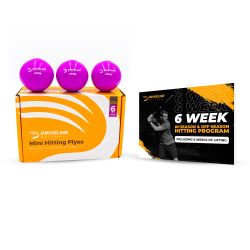
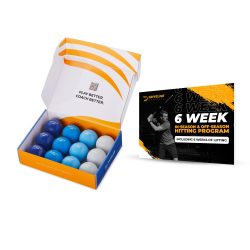
weiss_hunter -
First off, the visuals and examples that were used for this were outstanding. Driveline’s content is always on point, and having specific pictures, gif’s or videos to be able to show hitters I work with is always much appreciated.
In my experience, some hitters at the youth and high school level tend to sacrifice barrel control and squaring up the baseball for a few extra feet on hits, at the expense of their “kinesthetic awareness” as you said. Using the feel drills, cues, and differentiated training approaches to this concept really allows for players to make their own adjustments and self-organize.
I also really appreciated the quote about the smash factor and swing decisions. The best hitters always find ways to find the barrel and don’t chase pitches, which in turn increases their likelihood to hit the ball hard. Thanks for sharing your knowledge, and helping grow the game.
Hunter